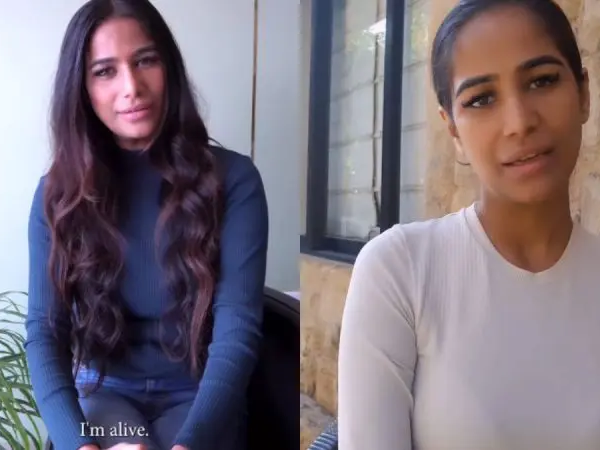
When you visit a doctor, you rightfully expect them to listen to your concerns and provide the necessary help. Unfortunately, many women, especially those dealing with chronic pain conditions, encounter a different reality. This can make it challenging for women to receive the treatment they require.
For example, researchers who interviewed individuals with endometriosis about their healthcare experiences discovered that many struggled to obtain the support they needed. As one participant expressed, “You have to try so hard to make them believe you, because they don’t. You feel it immediately, that they don’t believe you.”
In the United Kingdom, a survey conducted by the Wellbeing of Women charity, dedicated to women’s health research, revealed that over half of the female respondents felt their pain had been disregarded or overlooked by healthcare professionals at some point. Similar experiences are reported by women in North America, Australia, and Europe.
A significant gender gap exists when it comes to identifying and treating women’s pain compared to men’s. Women are less likely to have positive outcomes in treating chronic conditions like angina and musculoskeletal pain than men.
Surprisingly, physicians are four times more likely to recommend knee replacement surgery for a man with the same knee injury as a woman. In England and Wales, 8,243 preventable deaths between 2003 and 2013 were attributed to the poorer quality of care women received after experiencing a heart attack.
The dismissal of women’s pain also leads to significant delays in diagnosing and treating conditions such as polycystic ovary syndrome (PCOS) and endometriosis.
The gender pain gap doesn’t spare children and young people either, with research showing that young women are more likely to have their pain dismissed by physicians than young men.
For black women, the gender pain gap is even more pronounced. They are more likely than white women to have their pain dismissed and receive subpar pain treatment.
Furthermore, there is limited research on pain treatment for gender-diverse, transgender, non-binary, and intersex patients, potentially leaving these groups at a disadvantage when seeking treatment.
These disparities in pain treatment are partly rooted in pervasive gender stereotypes. Healthcare professionals, like others, often hold these stereotypes. They depict men as “stoic” and women as “emotionally expressive” when experiencing pain.
Men are wrongly believed to be less likely to seek care for pain, leading to a tendency to believe them when they do. In reality, research shows that men are just as likely as women to seek medical attention when in pain.
Women are also seen as better equipped to cope with pain due to experiences like menstruation and childbirth. These stereotypes result in women’s pain being viewed as “natural” and “normal,” potentially leading to it being taken less seriously.
To illustrate this, a study had healthcare professionals watch videos of male and female patients with chronic shoulder pain. The practitioners were more inclined to underestimate women’s pain and suggested that women, but not men, would benefit from psychotherapy.
Other studies indicate that healthcare practitioners may be more inclined to prescribe sedatives than pain medication to female patients experiencing pain.
Historically, women have been underrepresented in medical research and clinical trials. Only from 2024 will it be mandatory for new GPs in the UK to receive training in women’s health. This lack of knowledge may explain practitioners’ limited understanding of women’s pain and health concerns. Women may be given medications and treatments tested primarily on men, despite females being more likely to experience side effects from new medications.
Addressing the gender pain gap requires tackling disparities in medical research and funding. Conditions that disproportionately affect women, such as migraines and endometriosis, receive significantly less funding relative to their severity and prevalence compared to conditions that predominantly affect men, such as HIV.
Getting the Right Care:
Pain should never be something you endure silently. If you need to discuss your pain with a healthcare practitioner, there are several steps you can take to ensure your voice is heard:
- Instead of rating your pain on a scale, explain how it affects your daily life; this can be more effective.
- Keep a pain and symptom diary using an app or notebook, and bring it to your consultation.
- If comfortable, discuss the issue of bias in pain care and inquire about your practitioner’s approach to avoiding dismissal.
- Ask them to explain their diagnostic decision-making process and how they ruled out certain conditions.
- Request that they document in your medical record the reasons for not referring you for specialist care.
- Bring a family member or friend to advocate for you if you feel uncomfortable doing it alone.
- In the UK, you can also request a patient advocate who will speak up for you and help you receive appropriate care.
Addressing the insufficient funding for women-centric conditions, enhancing practitioner training, and raising awareness about the gender pain gap are all essential steps toward ensuring that women in pain are no longer dismissed.










